The tale of Honda’s rise and fall in the UK and Europe is a chastening one. At one time, the firm was viewed as a genuine alternative to BMW, led by engineers making cars with cutting-edge petrol engines and sharp design.
In the 1970s sales success with the Honda Civic in the US was pioneering, while a joint venture with Rover in the 1980s broke new strategic ground.
So when the Swindon plant opened in 1992 with the capacity to build 150,000 cars a year, just as Europe’s single market was launched, Honda looked set to conquer the continent.
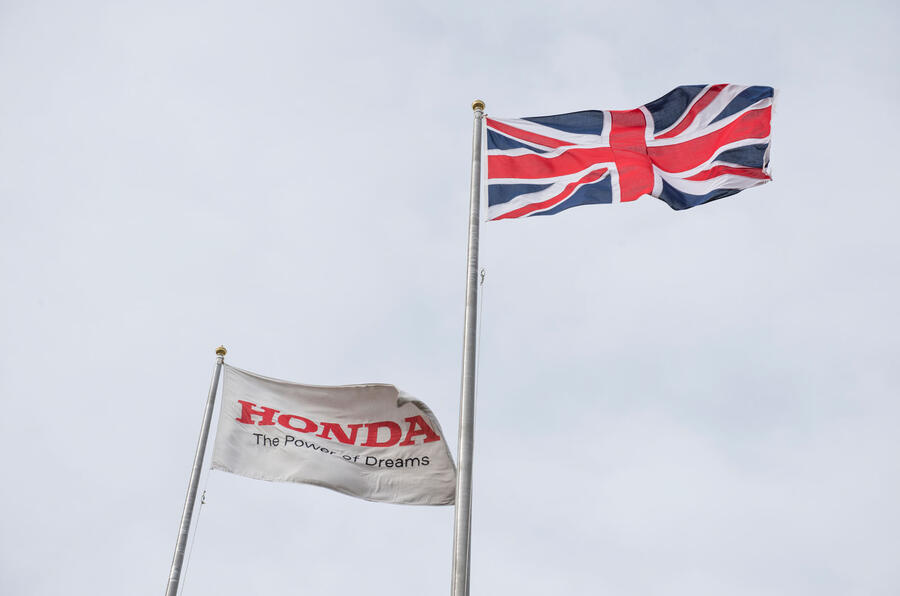
Yet 27 years on, the relationship with Europe has soured: sales are in the doldrums, with just 150,000 cars shifted last year, and the £2 billion Swindon factory will close in 2021. Civic production will also stop at its Turkish plant, although “business operations” will be maintained.
So how did it all come to this?
Sales
Remember how well-loved Honda was in the late 1980s and early 1990s? There was the amazing Honda NSX sports car, the McLaren-Hondas that won everything in Formula 1 thanks to their turbo V6 and normally aspirated V12 engines, and the joint venture with Rover, all contributing to a solid toehold in Europe.
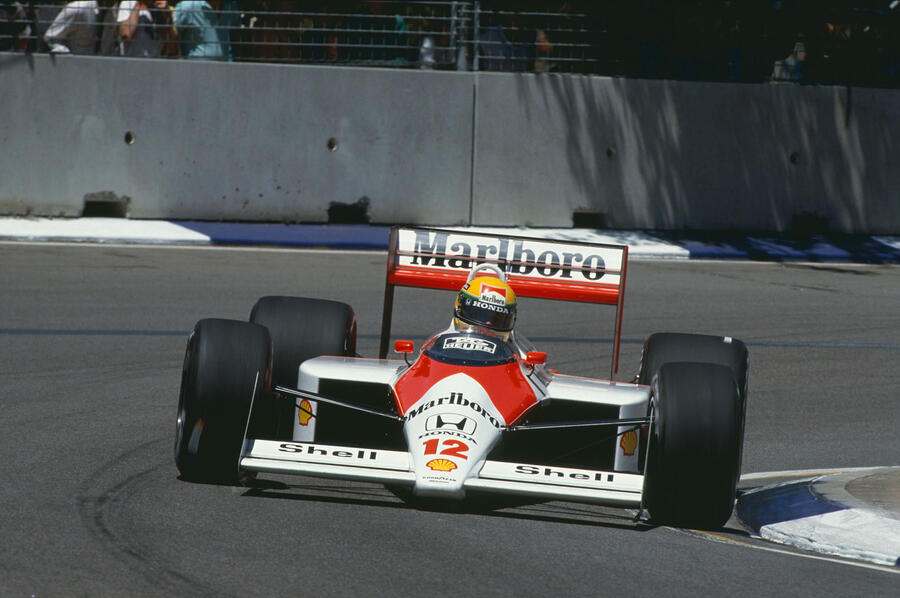
Back in 1990 Honda was selling 155,000 cars in Europe, compared with Nissan’s 371,000, Toyota’s 340,000 and Hyundai’s 18,000. After opening in 1992 with the Accord, the Swindon factory steadily boosted sales, rising to 225,000 in 1998.
These were not easy years, however. BMW acquired Rover, rivals such as Hyundai were moving faster and Honda’s own diesel engine was a decade from production. In the meantime, it bought in its oil-burners from Rover.
A real turning point was 2000 – the year Hyundai sold more cars in Europe than Honda.
Honda didn’t have its own diesel engine until 2003 – the inevitably brilliantly engineered i-CDTI. But by then its Korean competitor was selling 100,000 cars per year more, while Nissan and Toyota were smashing the market.
Sales of diesels and rising demand for SUVs did lift Honda to its European sales peak of 313,000 units in 2007 – just before the collapse of Lehman Brothers. The manufacturer’s response to the financial crash was, reasonably, defensive. One former insider said: “Honda is fiercely independent and the management refused any idea of bail-outs. But it raised the issue of how vulnerable the company was to a shock. So instead, they pulled back and shut the second production line at Swindon.”
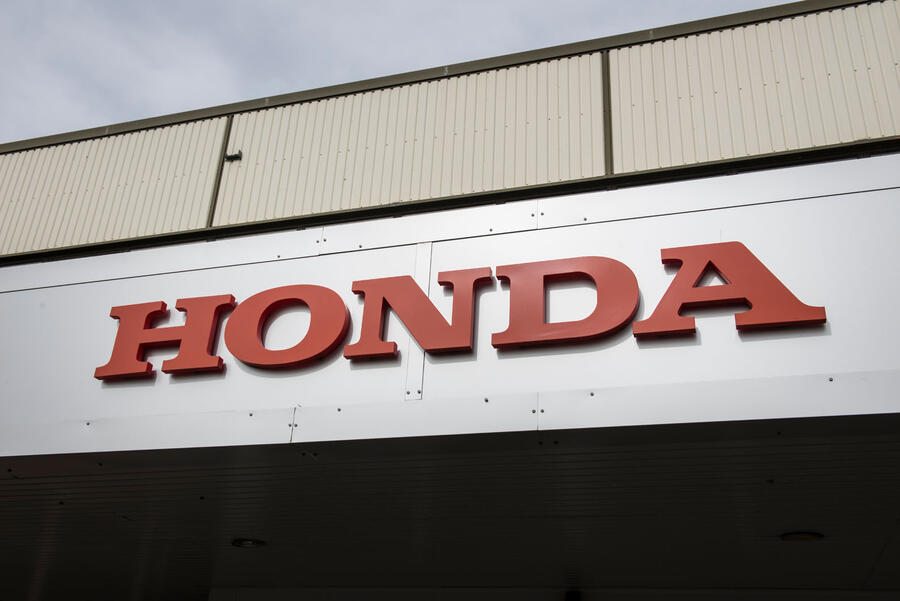
Knocking Swindon back to a maximum of 150,000 units was never going to end well. “The minimum efficient volume is around 250k,” says David Bailey, a professor of industrial strategy at Aston Business School.
Ever since, European sales have been on a steady – some insiders say ‘managed’ – decline, levelling out at 140,000-150,000 units in 2017/18 – pretty much where Honda’s European sales started in 1990. In fact, when Swindon was at the height of its powers, and as the second plant was opened in 2001, Honda was discussing whether to aggressively target 150,000 units per year in the UK alone. But management baulked and the moment to create an impregnable sales base for Swindon passed by without being seized.
Insiders believe UK sales could be stronger, but senior management has repeatedly turned down requests to supply more right-hand-drive cars. “Honda refused to chase daily rental and fleet sales, so that cuts you out of a large part of the UK market, where rivals like Hyundai are selling a lot of cars,” says one source.
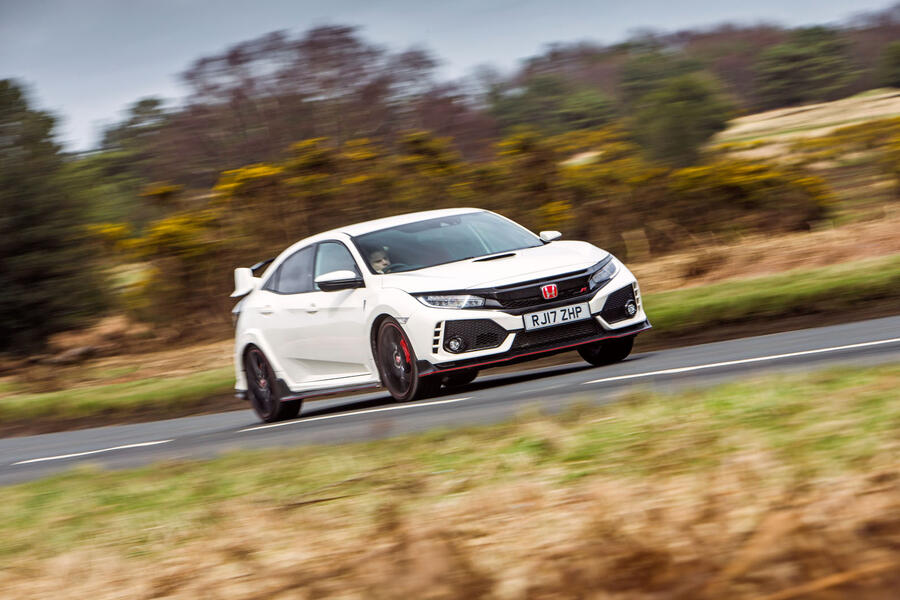
UK sales peaked at 106,000 in 2007 but have subsided back to around 53,000. Consequently the model range has diminished, limited in the UK to four volume models: the Honda Jazz, Civic, Honda HR-V and Honda CR-V, plus the NSX super-sports car and the Civic Type R hot hatch.
Honda Motor Europe senior vice president Tom Gardner contends the brand has performed well: “Honda has maintained consistent UK market share over the past five years, in excess of 2%, highlighting strong brand presence in the UK, with a committed dealer network offering outstanding customer satisfaction.”
However, insiders and experts identify weak product planning as one of Honda’s missteps. Among them are the Pilot 5+2 SUV not making it to the UK in 2002, the on/ off Civic Tourer estate, the niche model strategy, on/off hybrids and being slow to market with diesel at a time when it was a must-have in every manufacturer’s armoury. Another example is when, having built a customer base for the Stream and its FR-V successor, Honda pulled out of the MPV market without a replacement, deserting the loyal customers the two models had won.
“Fundamentally, Honda has misjudged the European market, and they simply don’t have the volume to justify production here,” says Bailey.
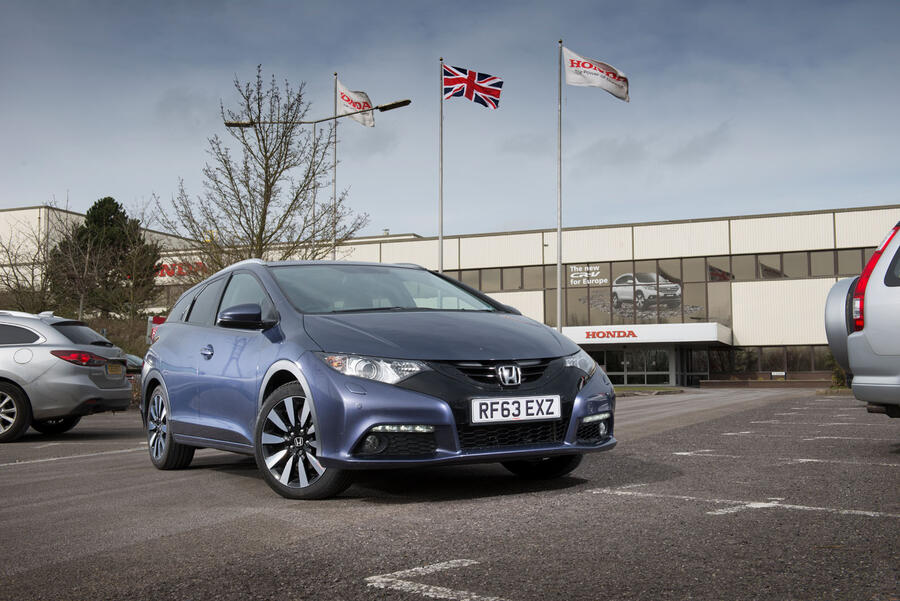
Management
Talking to former Honda employees, there is a feeling that a switch was flicked around the time of the 2008 financial crisis. “Honda lost its spark. The model range definitely lost its spark,” says one former executive who spoke to Autocar on condition of anonymity. “The product line wasn’t as exciting and the commitment wasn’t the same.”
Another insider identifies a senior management team with a focus more on the home market in recent years and reduced interest in Europe. “The new generation seem more nationally focused,” says the former exec. “The post-World War II generation who were around in 1992, and who looked to Europe, are gone. The new people are less interested in Europe.”
Bailey believes Honda’s management has been patient but ultimately too many setbacks forced it to act. “Swindon has been at 60% capacity since 2008,” he says. “But too much has changed: an about-turn on diesel and Brexit have been game-changers for industrial strategy.”
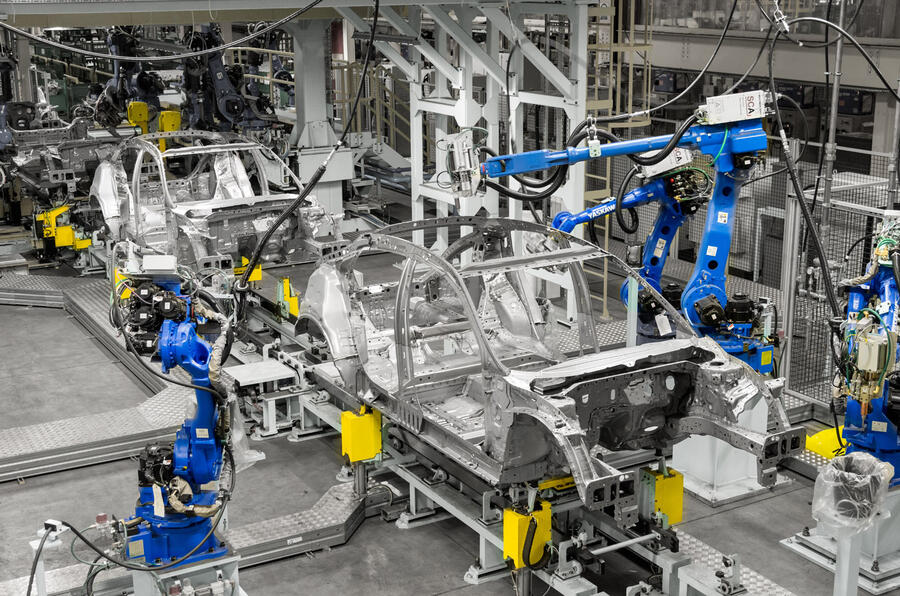
Back in the 1980s, Honda was headed by Nobuhiko Kawamoto, widely considered the most charismatic Japanese car company leader of the past 30 years. Perhaps it is no coincidence that Honda’s golden period of the modern era was under his stewardship. But who can blame the current management for acting? Europe has been reduced to Honda’s 10th-biggest global car market, behind even Indonesia. And Hyundai now sells nearly four times Honda’s volume in Europe.
Despite these obstacles, Gardner says Honda remains fully committed to the UK and Europe: “Europe is the most competitive region in the world, with the tightest regulations and the most demanding customers, and Honda continues to invest in its automobile line-up for the region.”
Product line-up
Ask any car enthusiast and there is deep affection for Honda’s back catalogue of innovative models, especially those using high-revving VTEC petrol engines. The company even matched Toyota with hybrid developments in the mid-1990s. But it’s hard not to conclude that it has failed to build a consistent and coherent – and European-friendly – product range. Strong sales in the US, for example, mean some models have to be focused on that market.
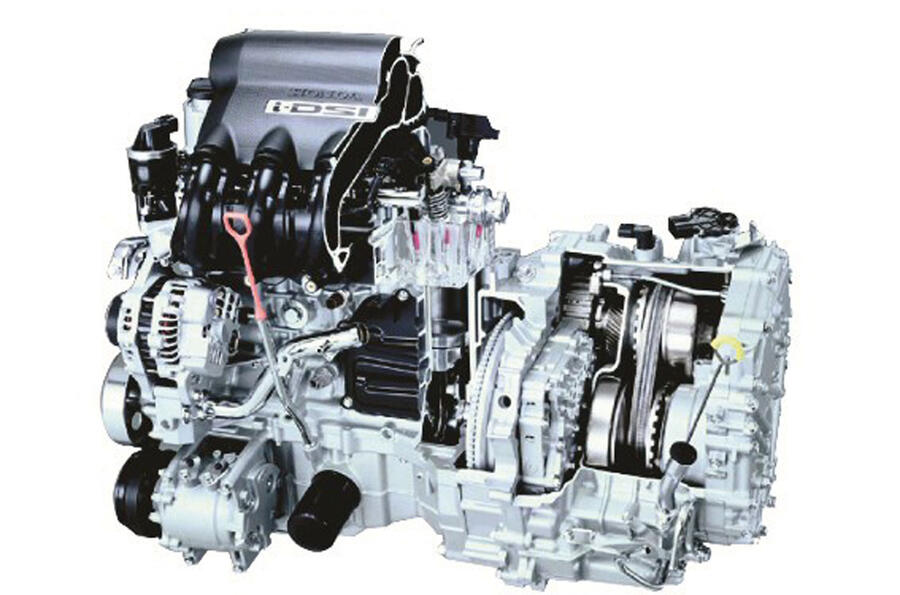
It has also chopped and changed its ‘image cars’, in contrast to rivals that have nurtured theirs, while potentially significant developments such as the IMA hybrid haven’t made the hoped-for sales breakthroughs.
Honda was once at the cutting edge of hybrid development with the Gen-1 Insight IMA in the mid-1990s, created by engineers redeployed from F1. Yet the five-door model, an obvious volume-seller, didn’t appear until 2009, a decade behind the Toyota Prius. The Insight was dropped in 2014, just as the politics of air quality was emerging. “Honda had an early lead in hybrid technology, let it go and Toyota has romped all over them,” says Peter Wells, a professor at Cardiff Business School.
Globally, the CR-V and HR-V SUVs have been huge hits for Honda, and both are among the world’s top 10 sellers. The CR-V broke new ground in 1997 with its car-like driving manners, boosted at the time by shared knowledge of Land Rover’s Freelander plans. In fact, some insiders rate the CR-V as Honda’s UK shining light ahead of the Civic.
But it was Nissan’s overwhelmingly successful Nissan Qashqai that was to become the compact SUV standard bearer, its 2007 launch leading to huge sales numbers. “The Qashqai soon became a reference model and has allowed Nissan to take sales away from its Japanese rivals,” says Felipe Nunoz, a global analyst at Jato Dynamics. European CR-V sales peaked with 76,000 units in the Qashqai’s launch year, a time when the Toyota Toyota RAV4 sold 99,000. By 2017 CR-V sales fell by more than half to 34,000, compared with 71,000 RAV4s, while the HR-V sells around a quarter of the Nissan Juke’s UK volume.
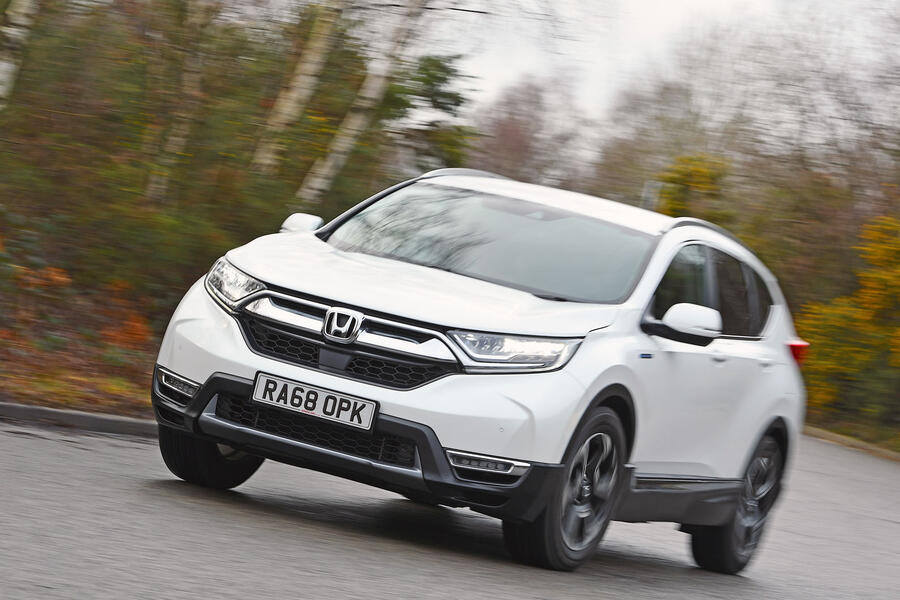
Design
Undoubtedly Honda’s back catalogue is graced by handsome and great-looking cars, but consistency of style and brand, especially in the volume-selling models, has somehow eluded them. “There have been some fantastic cars, but they haven’t been used as a jumping point to the volume sellers,” says Dale Harrow, head of car design at the Royal College of Art.
Harrow questions whether Honda has ever really pinned down critical details, such as the front-end graphic of its cars, and suggests that some models, like the HR-V, remain “apologetic and plain vanilla”. Yet the latest Civic is a riot of shapes, vents and styling lines – seemingly built by a different company.
A fundamental issue that Honda has struggled to fix is aligning its brand image across Europe, with owners who are typically older in the UK than they are in places such as Germany and Eastern Europe.
That makes car design challenging, but it is not helped by Honda’s refusal, according to one insider, to work around a typical “European buyer”. Instead, the firm allows each country or region autonomy.
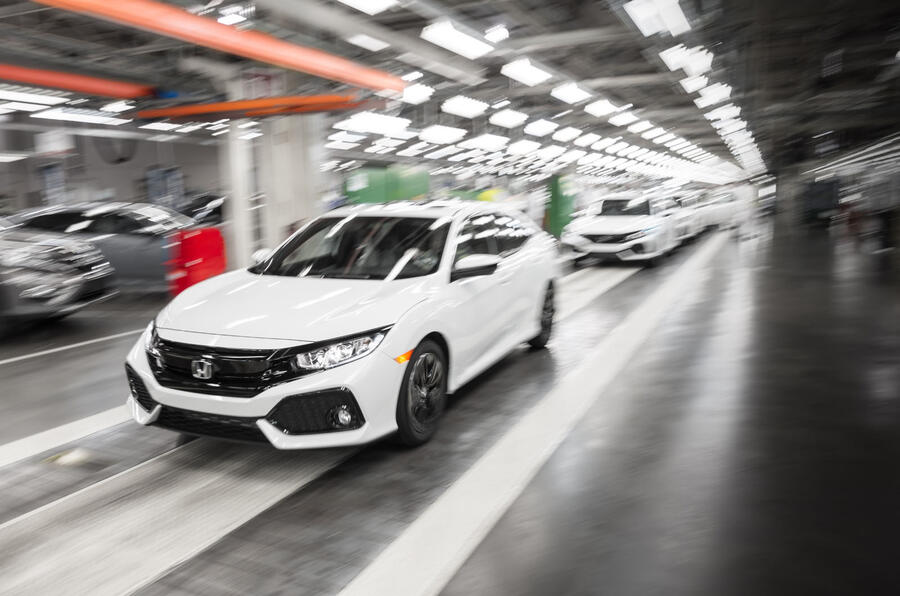
Honda is famously engineering-led and maintains it “will continue its approach of delivering products of high quality that resonate with its very loyal European customer base”. But not even experts in their field can identify the head of design at Honda, if one exists. Instead, the power in its product development process is vested in an engineer or LPL (large project leader), who is tasked with bringing individual models to market but not under the watchful eye of a head of design empowered to oversee range-wide design discipline.
Harrow believes there is “still the feel of a company where designers are dressing the engineering”. The company does have a European design studio in Germany, but it has never had the profile of Nissan’s London studio, for example.
There’s a stark contrast with Kia and Hyundai, too. The Korean brands recruited two senior European designers, Peter Schreyer (formerly of Audi) and Thomas Bürkle (ex-BMW), to run a design studio in Germany to create European-flavour cars. The reward has been hot-selling models such as the Tucson and Santa Fe.
Employing European designers has brought coherence to the Korean brands’ range – something they didn’t possess when Honda was outselling them 10 to one nearly 30 years ago. “Honda hasn’t appointed an overseas design boss,” says Harrow. “I think that shows a lack of value in design at the top level.”
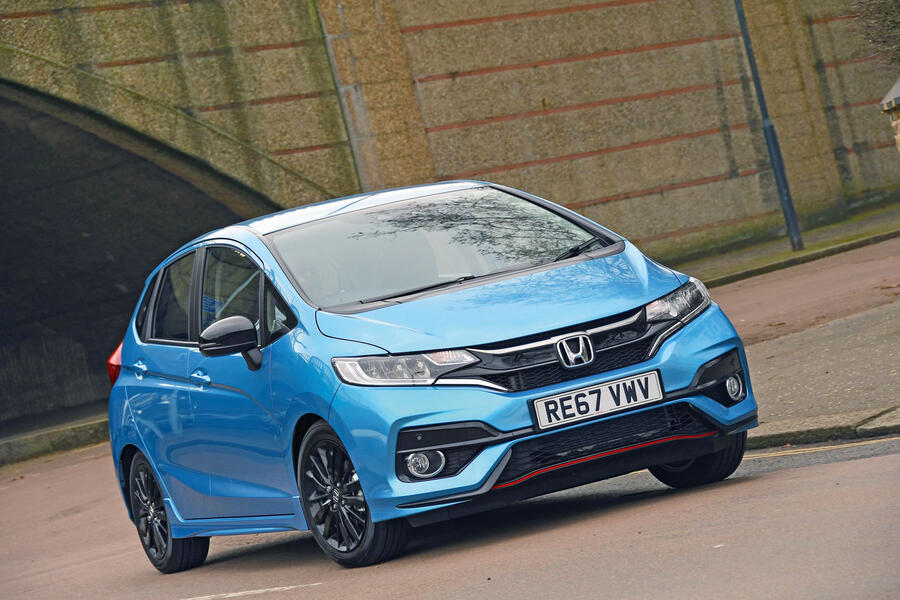
The future
A government-led task force is trying to save as much of Swindon and its infrastructure as possible. It’s the least the 3500-strong workforce deserves. Meanwhile, Honda focuses on an electric future and is targeting 2025 as the date by which all of its new cars will be electrified.
Gardner says: “This ambition will place Europe at the forefront of the company’s accelerating electrification efforts, and will require major, ongoing investment into the region.”
Sadly these electrified Hondas will be built in Japan and exported to the UK and Europe. How well they sell here may in part depend on Honda’s ability to learn the lessons and fix the failures of years past.
Read more
Honda confirms plans to close Swindon factory in 2021​
Honda Civic Type R to go hybrid as part of electrification plans​
Was Honda on the brink of committing to Swindon when it pulled the plug?​

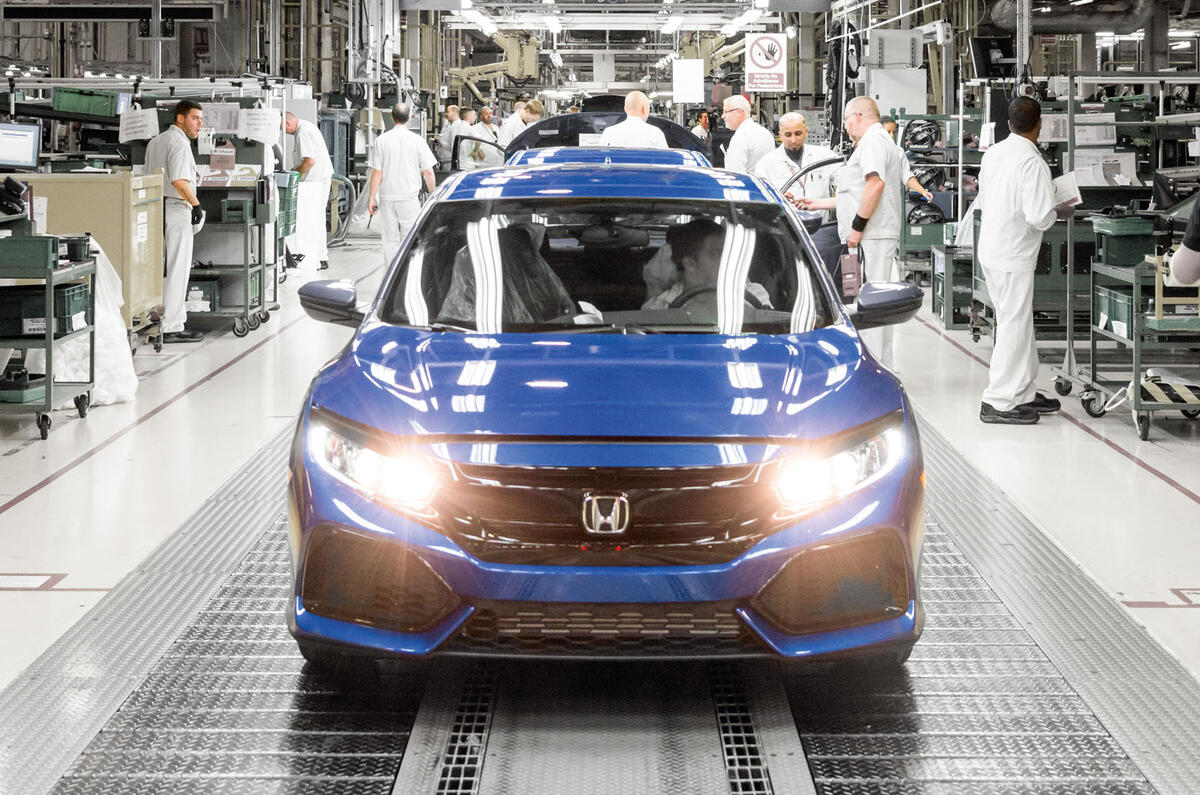
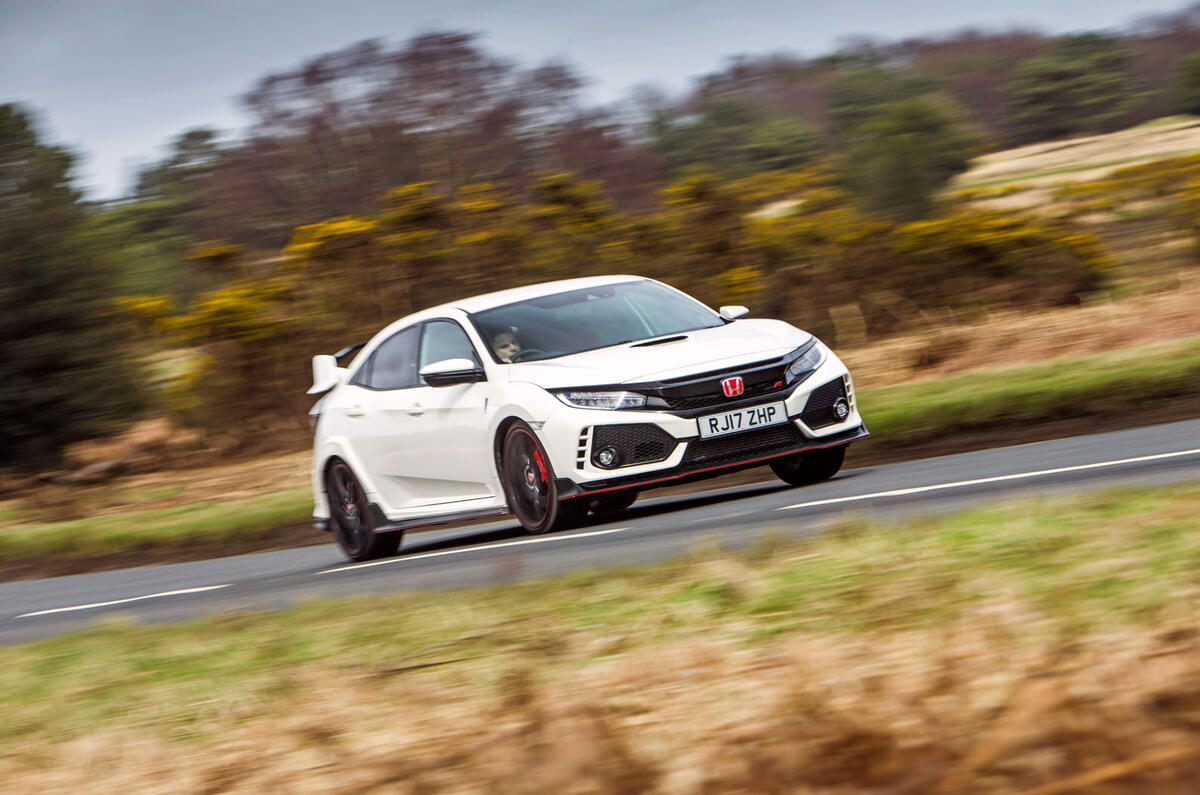


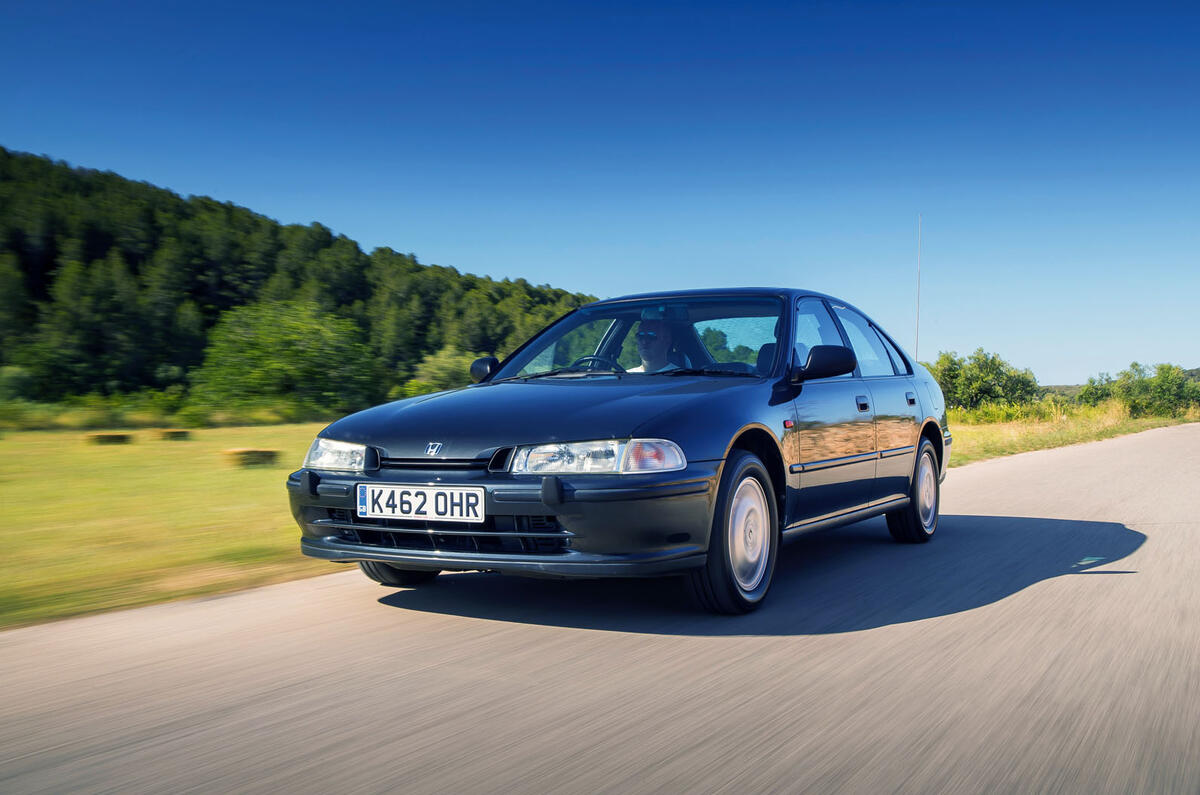
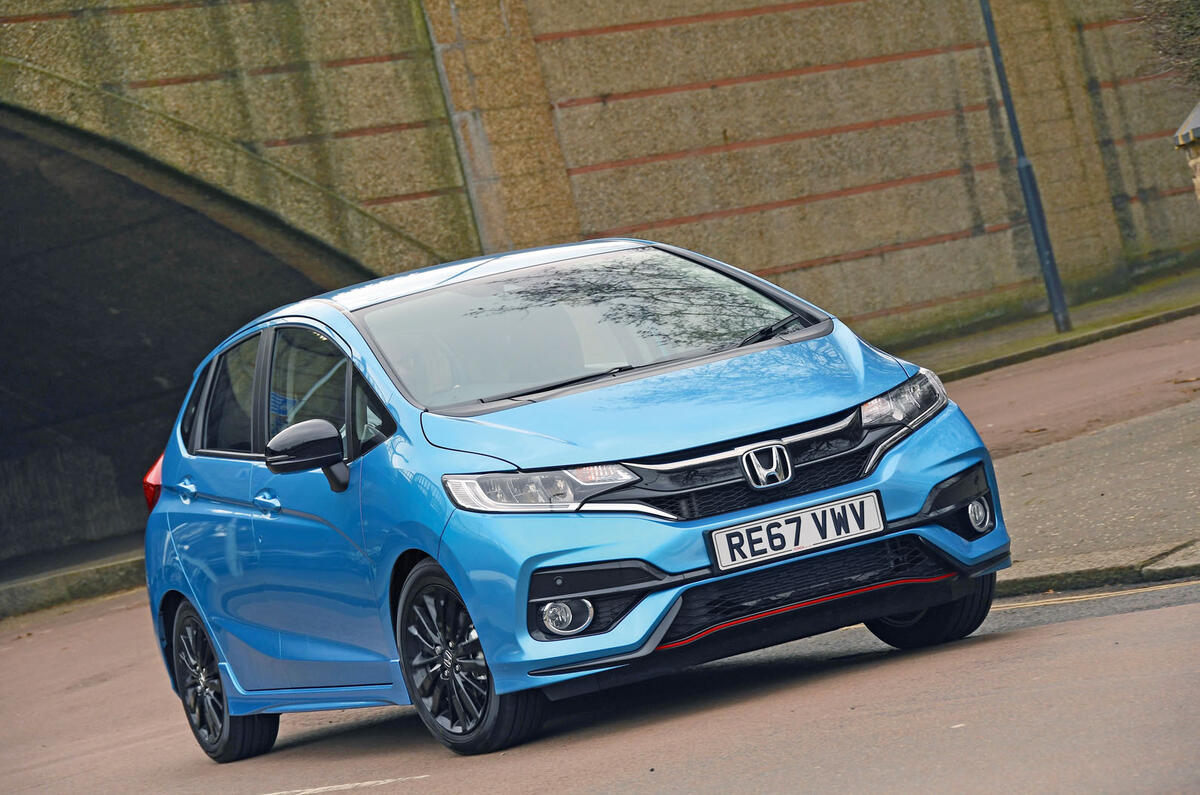
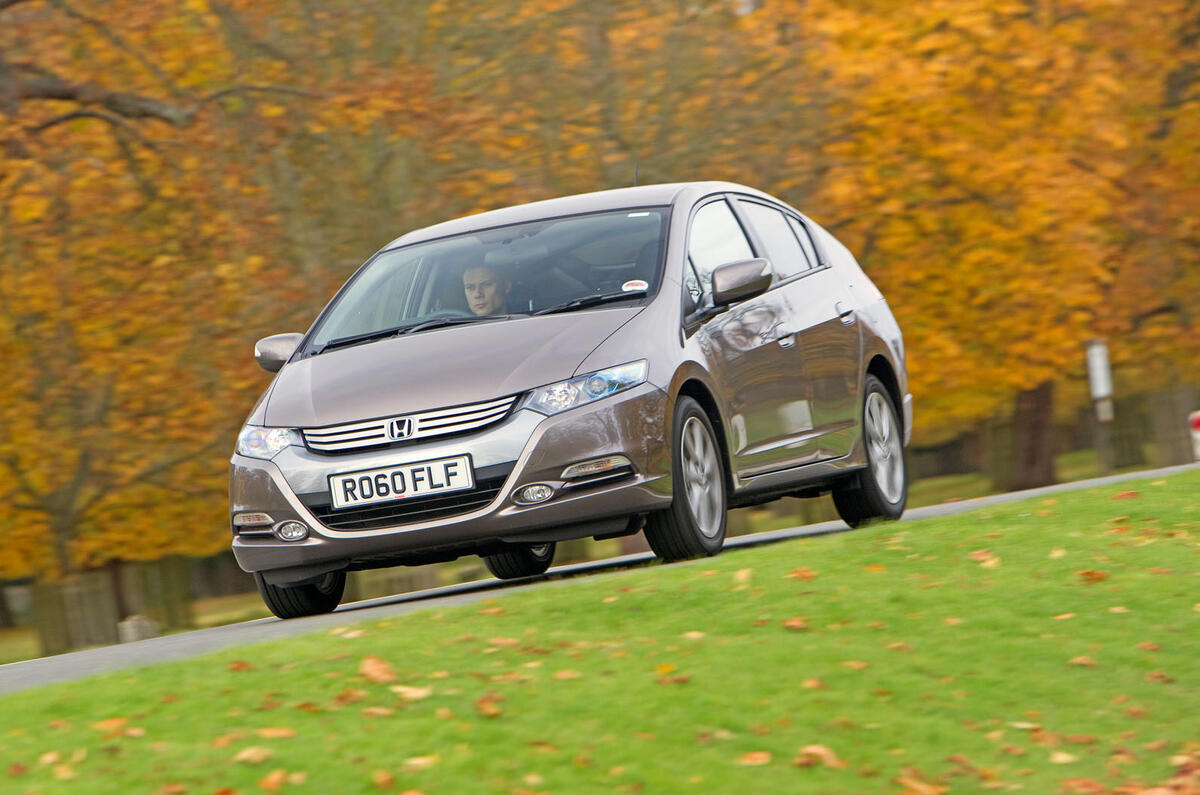
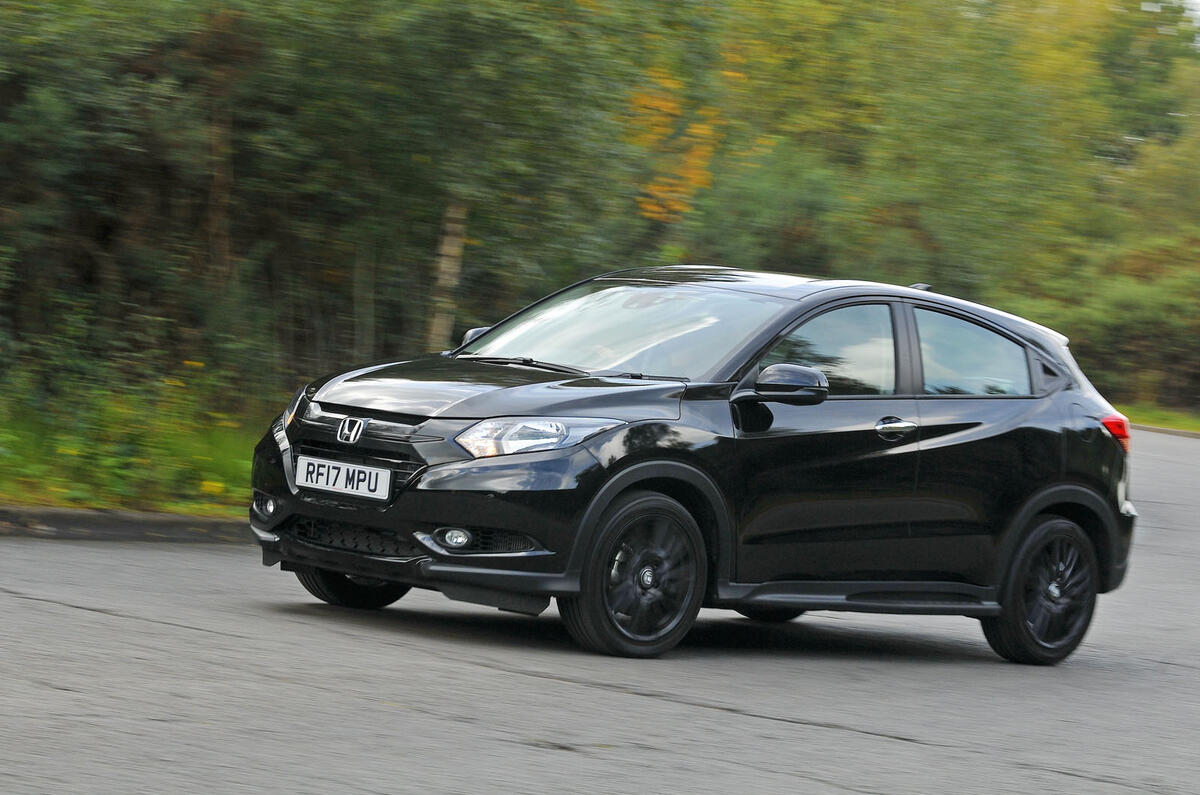
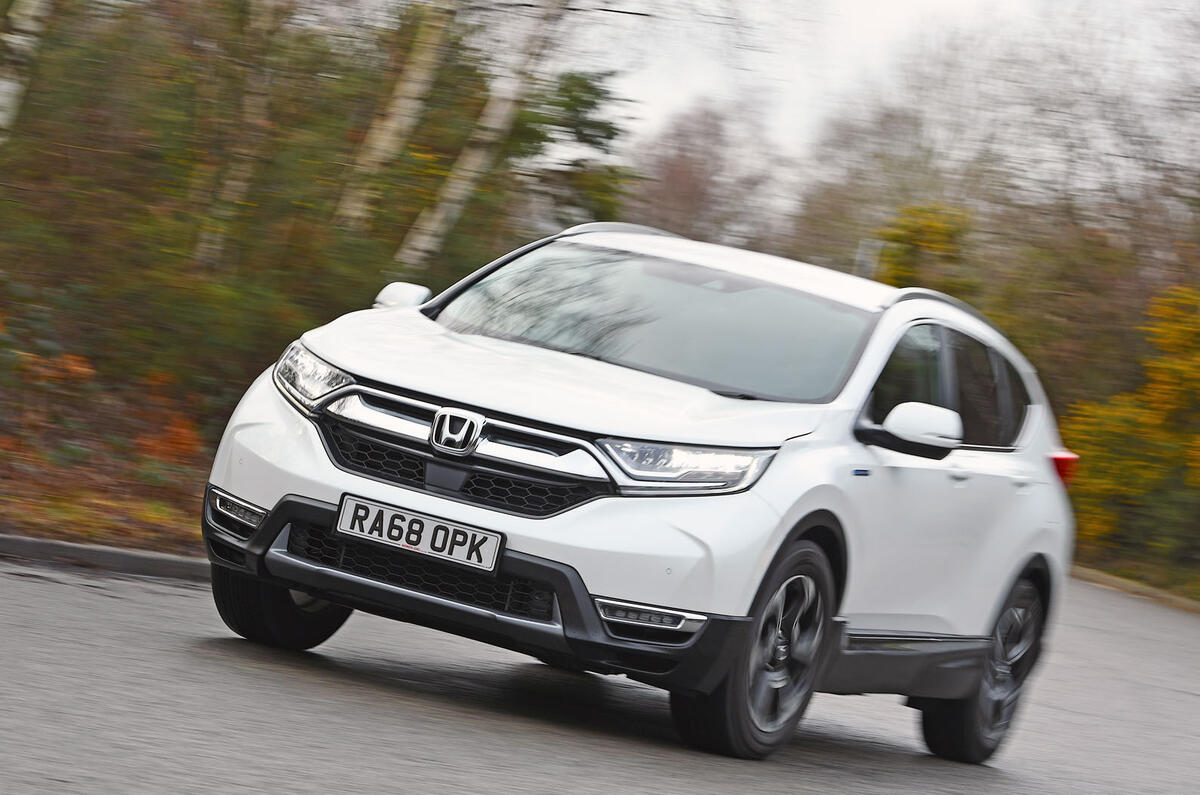
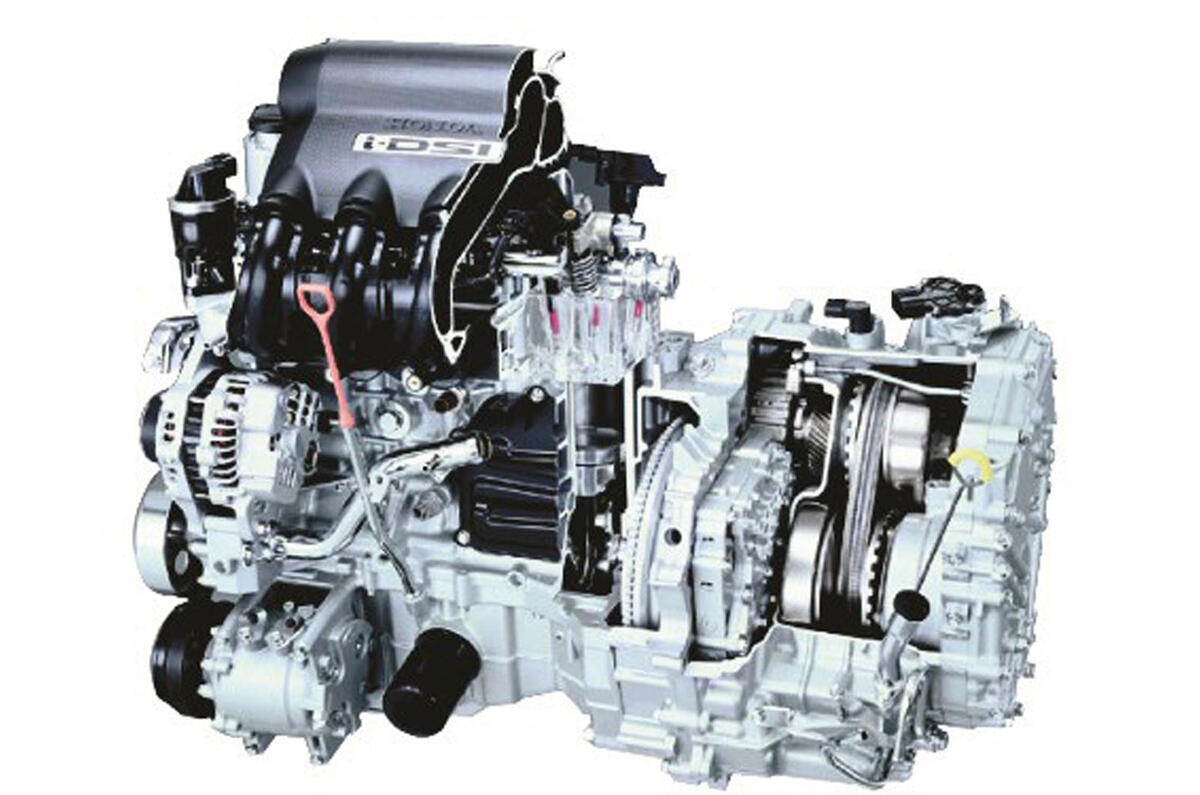
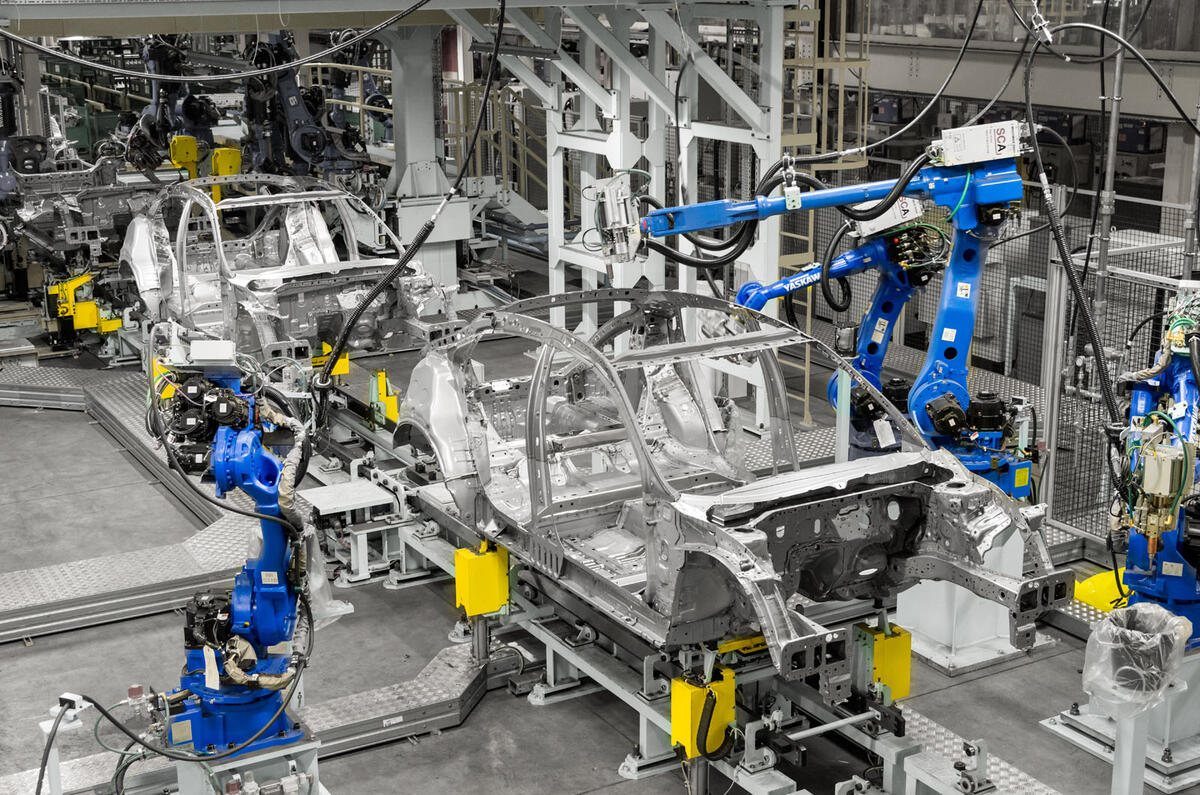
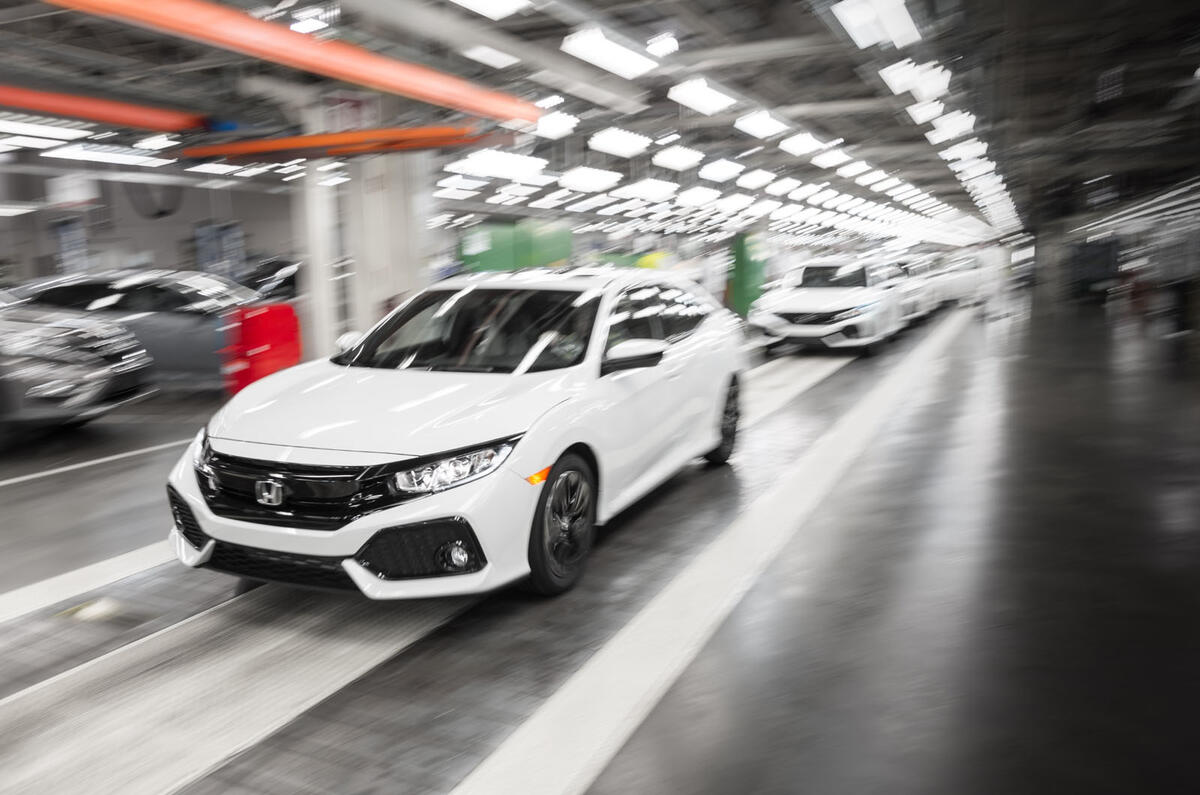
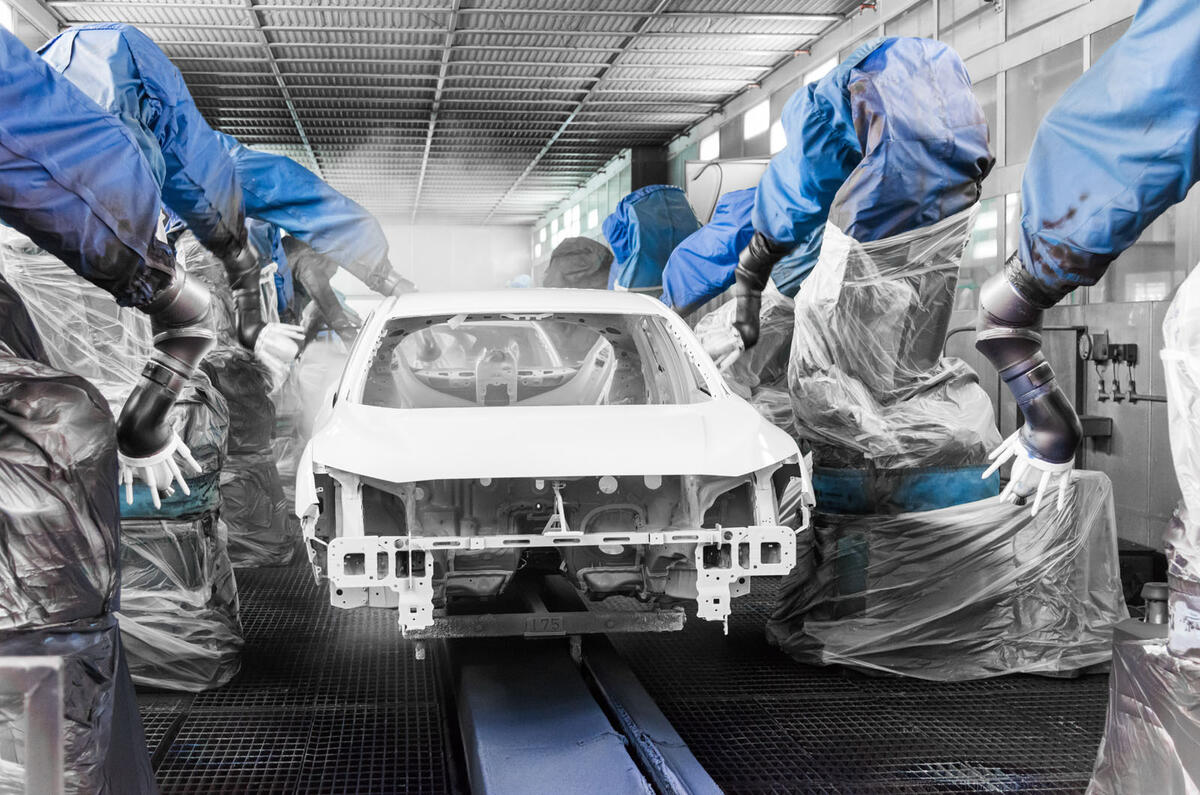
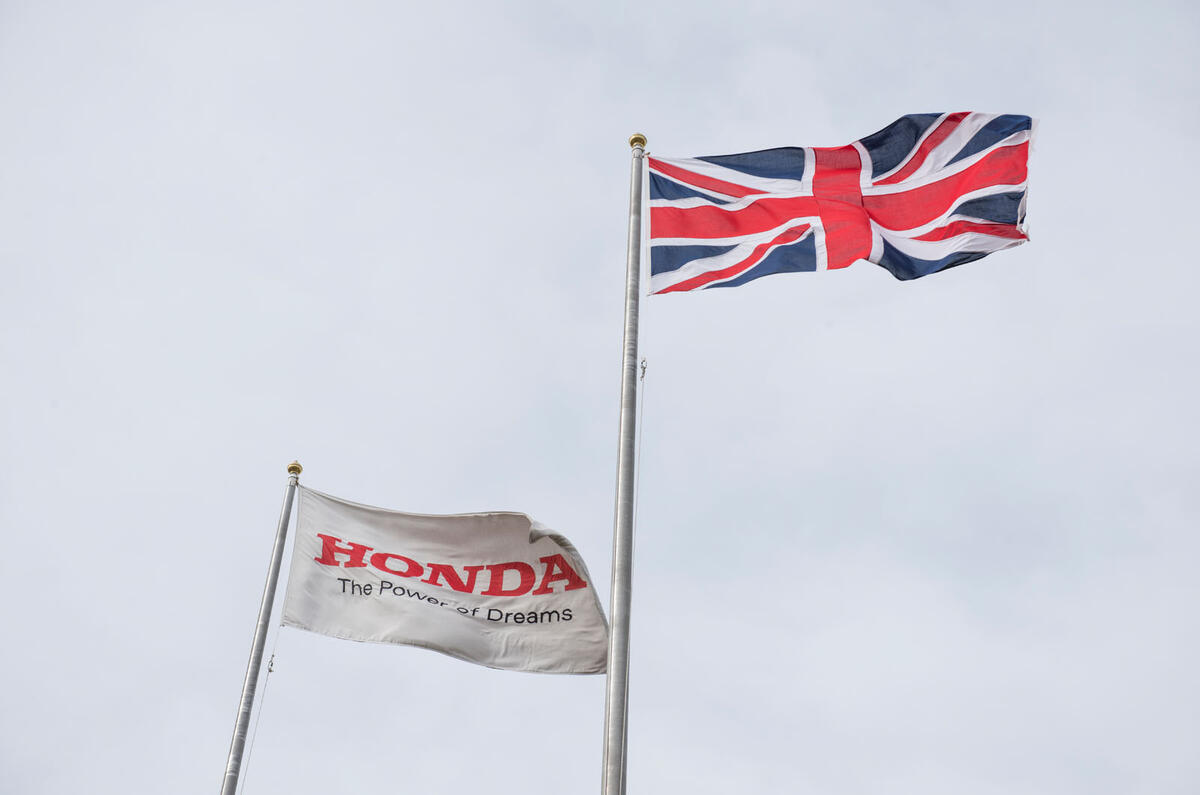
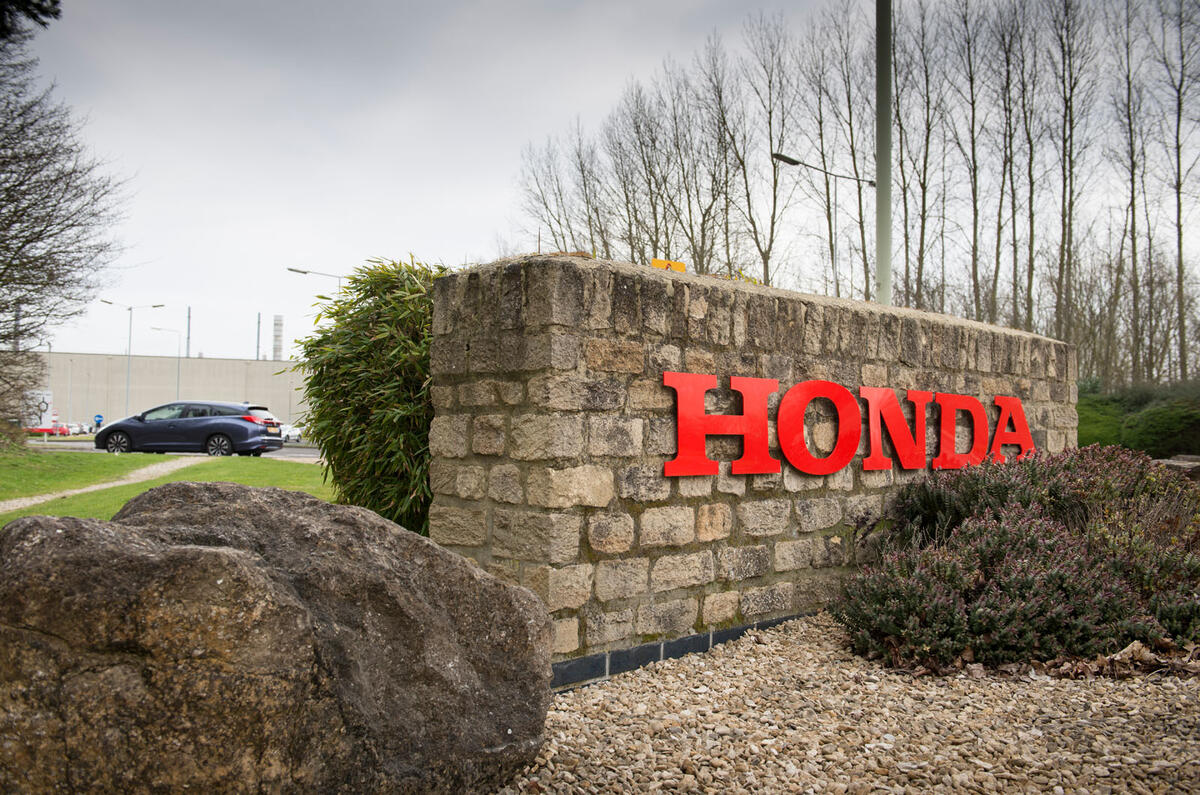
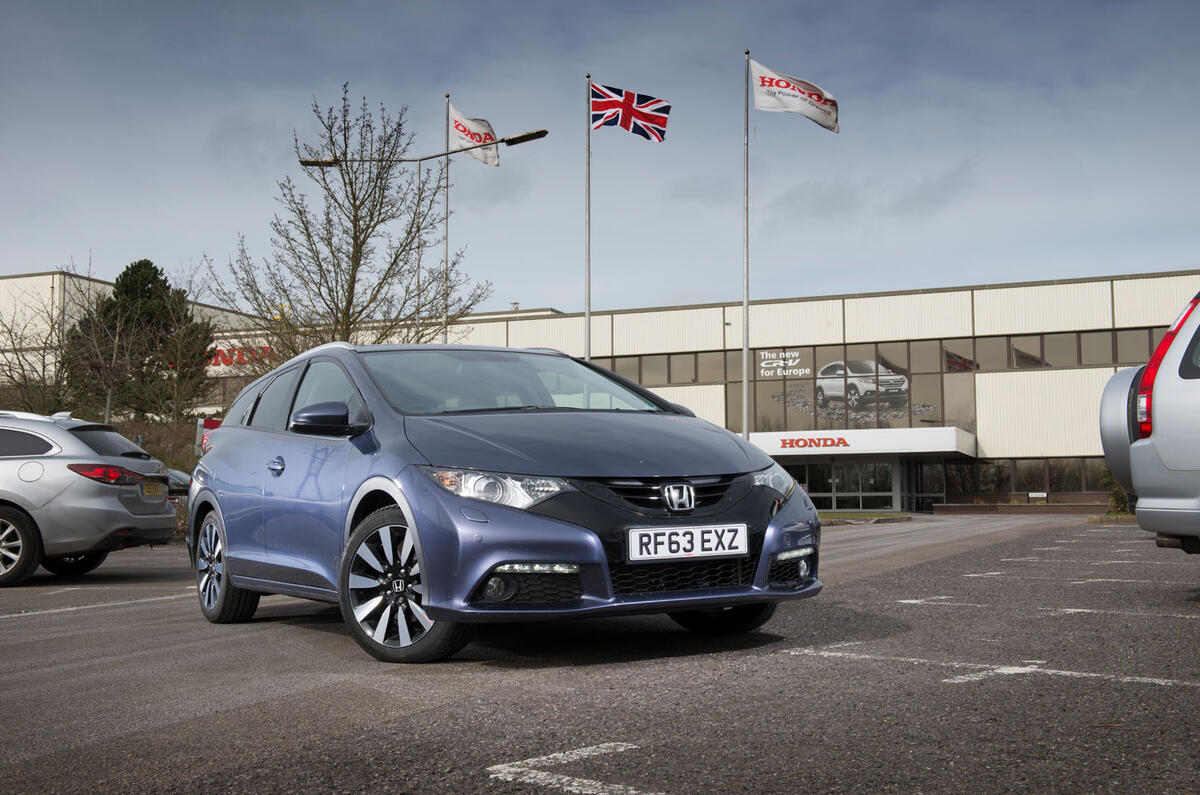
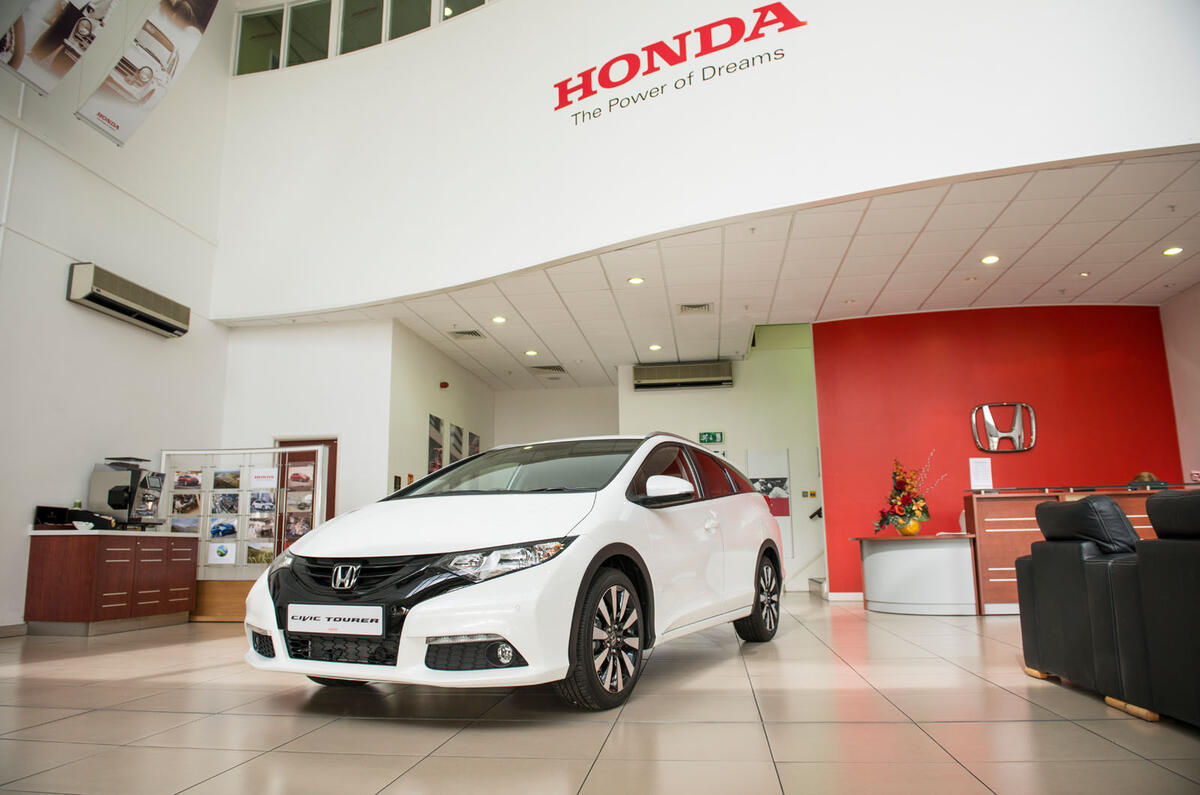
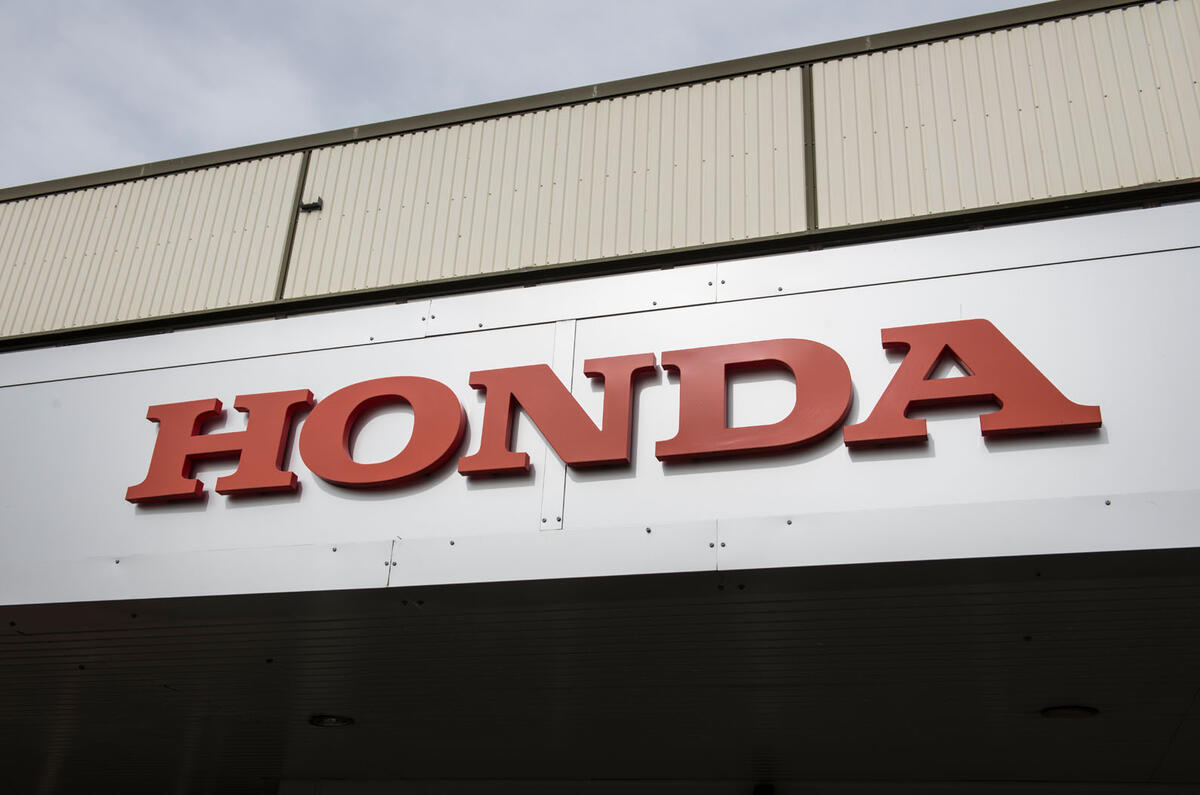
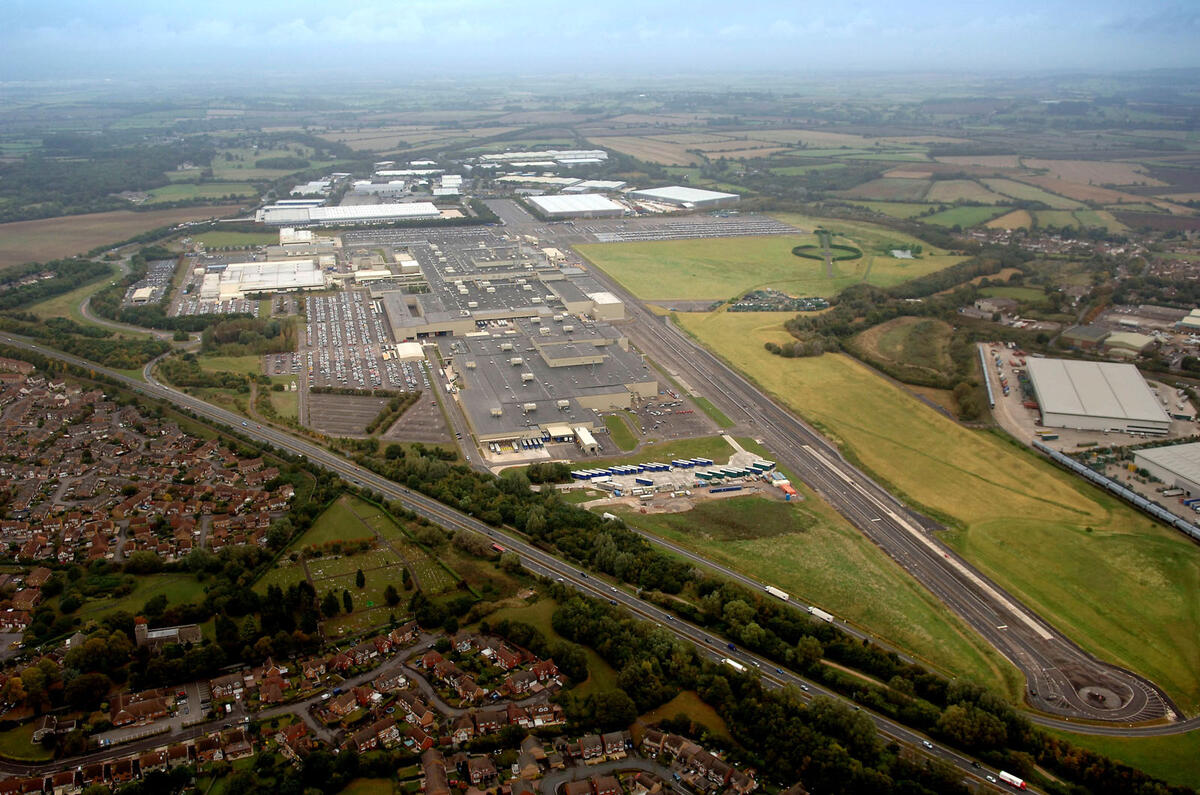

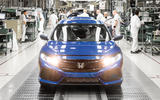
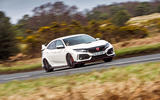
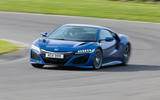

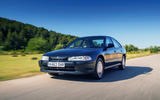
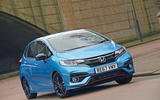
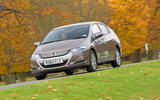
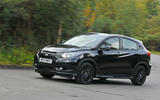
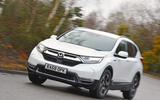
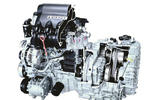
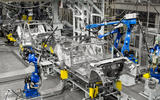
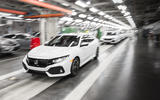

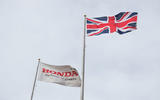


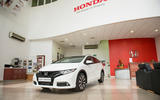
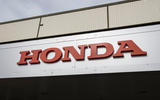
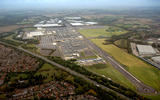



Join the debate
Add your comment
NO WAY!
Management misjudged the market and made decisions that lead to demise of a factory?
No way! It is all Brexit! That is the culprit!
Once we are back under the wing of the tipsy Juncker & Co everything will be great!
Honda's problems NOT the responsibility of Swindon!
A detailed, comprehensive, full-and-frank, explanation of all the problems that trouble Honda . . . AS A COMPANY, and how it has arrived at this situation.Those problems have undoubtedly re-bounded upon, and negatively effected the Honda facility at Swindon.However, the problems that trouble Honda . . . AS A COMPANY, are in NO WAY caused by, or the responsibility of, the Honda facility at Swindon. It is well known, that the Honda automotive production facility, at Swindon, has an unbeatable reputation for the production of superb front-wheel-drive (FWD) vehicles.
The Japanese are off...
The EU Japan Trade Deal will eventually remove the need for Japanese car manufacturers to have any plants in Europe. Removal of the 10% tariff by 2027 will make it far cheaper and politically expedient to close their relatively expensive facilities here and use plants in the homeland, China and India,, transporting at no extra cost to Europe via the extensive global liner routes already operated by their shipping partners. Nothing to do with Brexit, everything to do with the EU shooting itself in the foot.